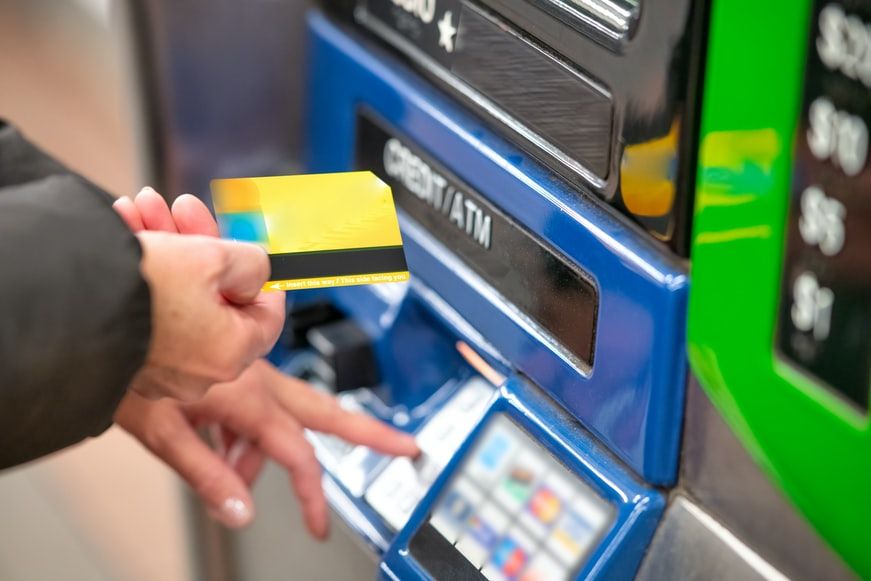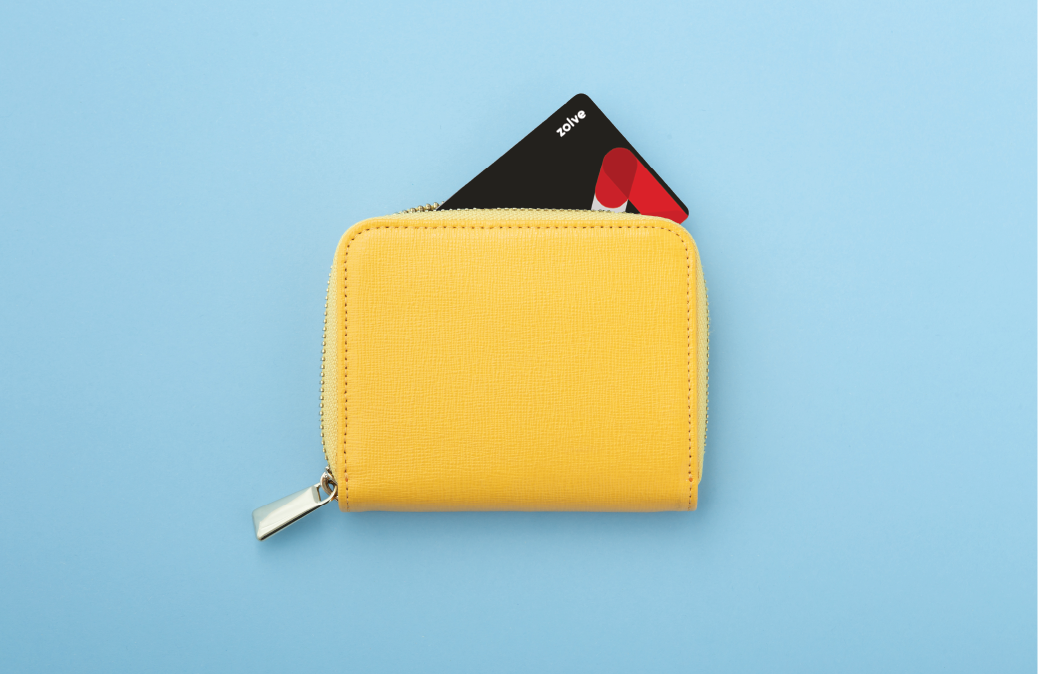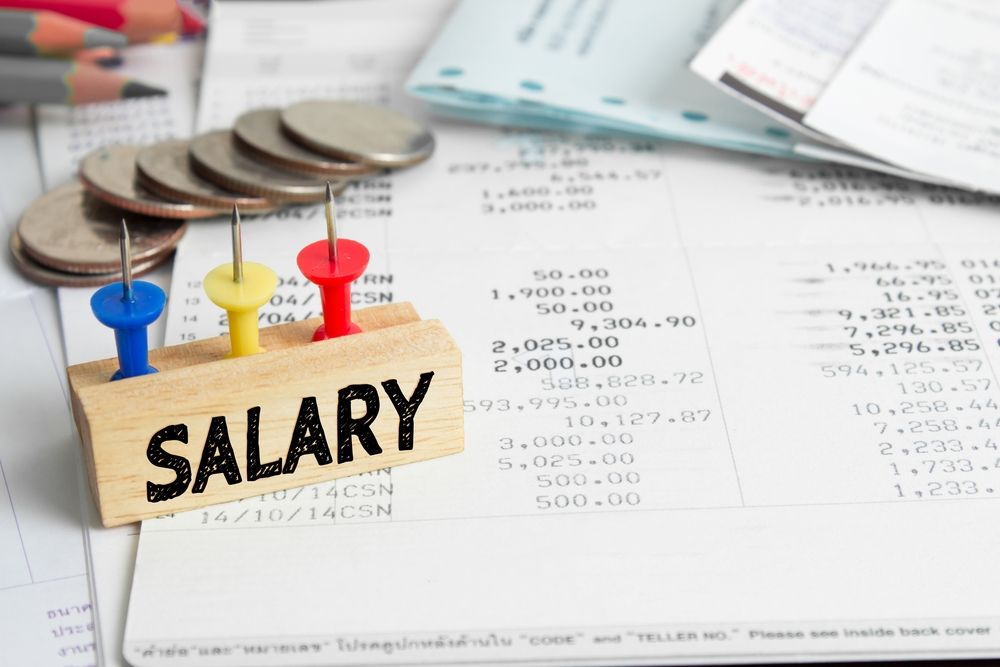If you're moving to the United States for work, you might be wondering about how much foreign currency to carry and the best way to take it. While it's still possible to take some cash, there are restrictions around how much money you can carry on you without declaring it.
Besides, you don't want to take the chance of misplacing or getting robbed of your hard-earned money. A safer alternative preferred by most travelers is carrying a prepaid forex card.
There are several reasons for this:
- Forex cards offer a safe and secure way of making payments overseas and have security features associated with a credit card.
- Forex cards are widely accepted, saving you the hassle of finding an ATM or another payment method as soon as you land in the U.S.
- Since you're moving to a new country, you'll want to rein in spending in the initial days. A pre-loaded forex card helps you curb your spending, as you can load the amount of money you think you'll need. In case you require more, the card can be easily topped up online.
- Using a prepaid forex card can save you from fluctuations in currency values or forex rates. The currency amount loaded into your card is based on that day's exchange rate on which you top up. Therefore, if 1 U.S. dollar in Indian rupees increases in price, you don't have to worry.
- If you need cash, you can withdraw the amount in your forex card from any ATM in your destination country. If you have a multi-currency card, it will automatically detect the country and dispense cash in local currency. However, there's usually a flat fee for each ATM withdrawal you make.
Now that you know the benefits of a prepaid forex card, it's worth knowing how much it's going to cost you and how to get one.
How can you apply for a prepaid Forex card?
Applying for a forex card is straightforward. You can compare forex cards from different banks and other companies to check the fees and charges. Once you've selected a card, you can apply online or visit a bank branch with the required documentation to issue your card.
Even though the documentation required by different banks vary, you'll generally need the following:
- Duly filled application form
- PAN Card copy
- Copy of passport (self-attested)
- Copy of visa (If required)
- A copy of your ticket
What are the Fees and Charges You Should Know About?
The fees you will pay depend upon the bank issuing the card and the features you choose. Generally, multi-currency cards charge higher fees due to the additional benefits. Some of the standard charges include:
- An initial fee to apply for the card.
- Reload fee, which is paid each time you reload the card.
- Encashment charges, which are applicable if you encash the card after returning from the trip.
- You're also be charged a flat fee per ATM transaction for withdrawing money from your forex card. Some banks may even charge for balance inquiries.
- If you use your INR to USD card to pay in Euros, you'll also pay a cross-currency charge.
Topping up your Forex card
A forex card is your best bet for managing your finances during your initial days in the U.S. Once you start working and your local bank account is set, you'll no longer need a forex card, but it will help you tide through the initial weeks.
But what if the prepaid amount in your card falls short? You can always top up your forex card online (if it's allowed by the card provider) or assign an individual in India to do it on your behalf. It's worth having this system in place before you take the flight to the U.S. to iron out any potential money issues.
If you're heading out of the country soon, you can go online and track today's U.S. dollar rate and apply for a forex card accordingly. However, remember to store your card safely and avoid sharing your PIN with others to prevent fraud. Once you've landed in the U.S., you can swipe your forex card at various outlets and even withdraw cash without worrying about currency exchange.
Make sure you keep your card provider's hotline number handy if there's a dispute that needs to be raised. Though such occurrences are uncommon, it's essential to call the bank's customer care and report any fraud, misuse, or incorrect transaction as soon as possible to avoid further misuse.
Zolve offers working professionals and students a U.S. Credit Card and Bank Account without an SSN or credit card. The best part? You can apply for it from India itself.
Disclaimer: The products, services, and offerings mentioned in this blog are subject to change and may vary over time. We recommend visiting our official website for the most up-to-date information on Zolve's offerings.




